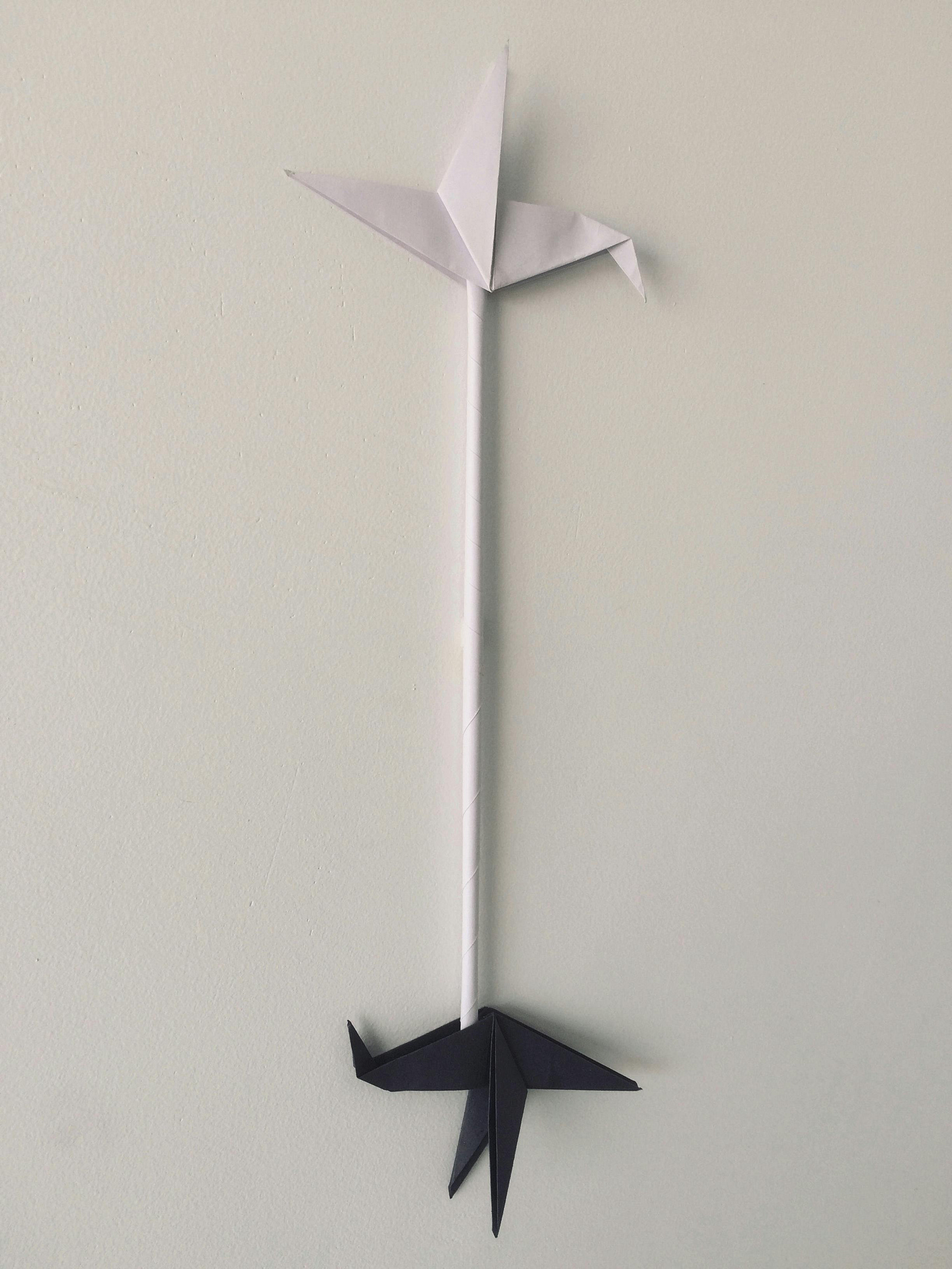Understanding the Type's Inner Tensions
Exclusive Enneagram of Dichotomies PDF-Download
The Enneagram, as originally taught by Oscar Ichazo, is not only a system of personality but a map of psycho-spiritual tension; each point representing a dynamic struggle between opposing forces within the self. Ichazo outlined dichotomies for each type: polarities such as Self-Control and Sensitivity, Efficiency and Fantasy, Morality and Tolerance. These were not just traits or values, but deeply embedded energetic tensions reflecting the fixated ego’s efforts to find equilibrium in an unstable world.
When we identify primarily with one side of our type’s dichotomy, we risk over-identification, rigidity, or moral superiority. When we collapse into the other pole, we often feel guilt, shame, or internal conflict. Swinging unconsciously between these poles is part of what keeps the ego structure alive and unresolved. But when we bring awareness to the dichotomy itself; when we see the swing for what it is, we begin to loosen the fixation and allow the soul to hold both poles without contradiction.
This chart offers you two key tools:
A breakdown of each Enneagram type’s primary polarity according to Ichazo’s original framework, interpreted through the lens of Empathy Architects.
Reflective questions to help you examine how these tensions play out in your life and how they may influence how you show up in relationships, work, and inner growth.
This isn’t about fixing one side of the polarity or collapsing into its opposite. It’s about recognition, integration, and compassionate inquiry.
Use this chart to slow down your type's automaticity, see what drives your internal decisions, and open space for self-awareness that bridges psychology and spirituality.
Download the three-page chart below:
Keep reading with a 7-day free trial
Subscribe to Empathy Architects: An Enneagram Substack to keep reading this post and get 7 days of free access to the full post archives.



